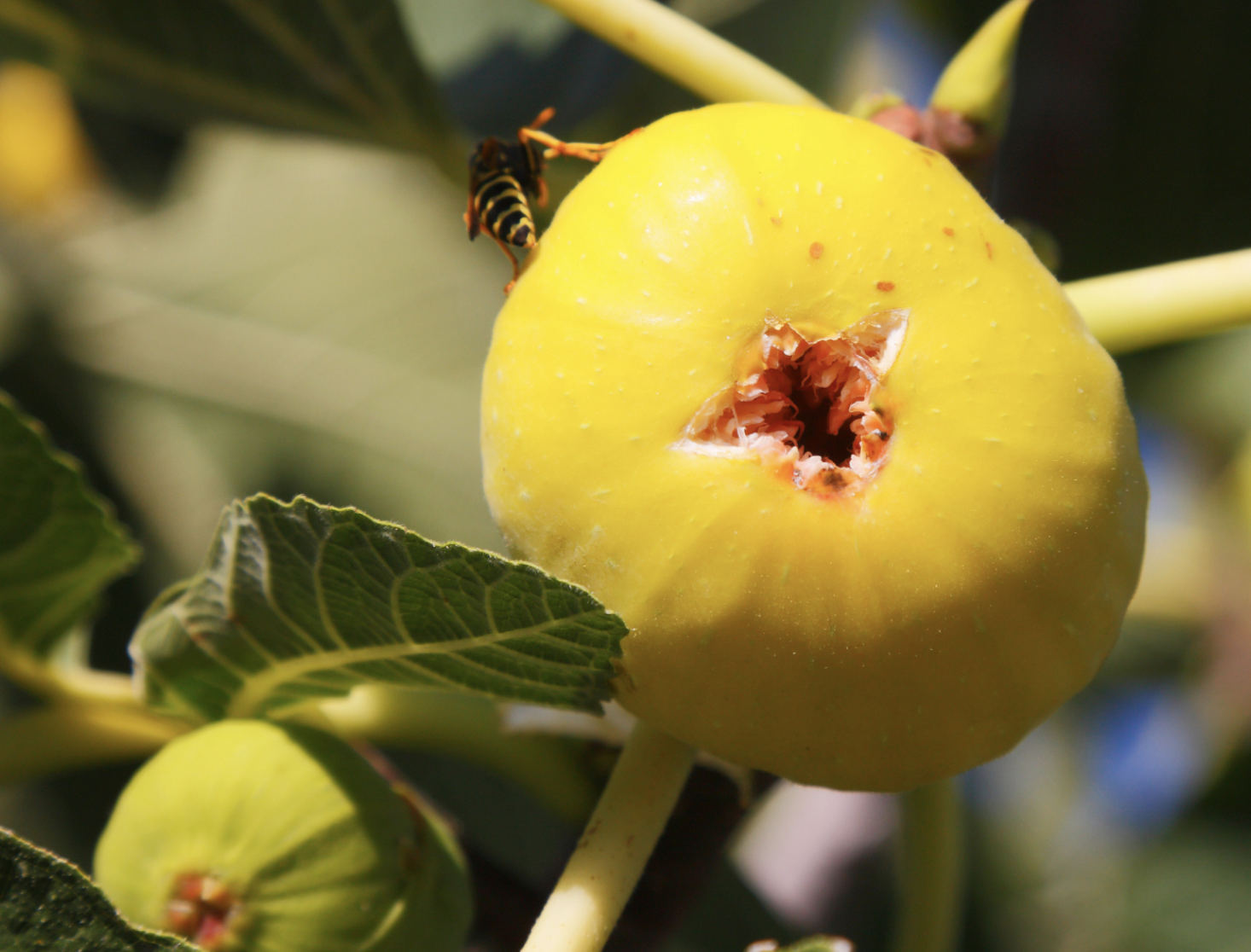Pollinator Pageant: Who’s Getting Left off the Stage?
Originally published June 7, 2021
June is National Pollinators Month! With declining native bee populations, threatened butterfly species, and the alarming uptick in colony collapse disorder, supporting bee and butterfly populations has become a focus for environmental groups and concerned citizens. But did you know there are more native pollinators out there than just the bees? What are some of the less popular, but no less important, pollinator species?
Before we start, let’s clarify what a pollinator is. Pollinators are animals that carry pollen from one plant to another so that they can reproduce. Around 90% of all flowering plants rely on this form of mechanical pollination with the help of other species, as opposed to self pollination.
Ancient Pollinators
You might already encourage ladybugs into your garden spaces, as they’re a popular insect known to eat garden pests like aphids. While ladybugs are likely the most charismatic of beetle species, they aren’t the only ones that you might want to have around. For me, the brightest part of spring begins when the saucer magnolias open their white, pink, and purple blooms after months of gray skies. What you may not know is that beetles are essential to our enjoyment of these large flowering trees.
The magnolia genus is actually quite ancient in relation to other flowering trees we commonly think of, such as lilac or dogwood, and even older than most flowering plants. As they were evolving, the pollinators we often associate with today, including bees, moths, and butterflies, hadn’t yet evolved.
Instead, magnolias designed their flowers to attract and accommodate the primary pollinators 100 million years ago, which were beetles and flies. The large, sturdy, open blooms of magnolias are shaped the way they are to accommodate the clumsy, bumbling beetle. While they are fantastic at getting the job done, they lack the grace and elegance of their more precise pollinating peers, like hummingbirds and butterflies. But the magnolia doesn’t mind, and year after year beetles help bring us the beautiful flowering trees we know and love today.
Butterfly’s Nocturnal Cousins
Much like bees, butterflies are a popular pollinator focus. That said, the less often thought of cousin--moths--also play an important role, in a way you might not expect. Unlike the majority of pollinator species that are diurnal (meaning they are awake during the day), moths are nocturnal, and play an essential role in pollinating plants that bloom in darkness. Some plants have specifically adapted to attract evening dwellers by becoming more fragrant at night, as well as being white or light colored to be more visible in the moonlight.
An extreme example of this interdependent coevolution is between the yucca plant and the yucca moth.
Plants of the yucca genus are exclusively pollinated by yucca moths, who collect pollen from the flower they mated on, and bring it to a different flower where they deposit it along with their eggs. The larvae and caterpillars of the yucca moth feed exclusively on yucca seeds while they grow up to eventually mate, and thus the process continues generation after generation.
Friend or Foe
I’ll be the first to admit that while flies, beetles, butterflies, and bees don’t frighten me at all, wasps do make me take pause. They have a reputation for being aggressive, territorial, and downright vindictive if they decide to be. While they may not be the friendliest, they are an important part of our ecosystems, and make meaningful contributions to pollination. Studies have found that in certain environments, western yellowjackets can be more effective pollinators than common honeybees, as honeybees aren’t native and didn’t evolve alongside North American plants. That said, wasps are typically most useful by providing specialist pollination, much like the yucca moths. If you're like me and enjoy the sweet treat of a summer fig, we have wasps to thank.
Each species of fig has its own type of fig wasp, who has coevolved to meet the specific needs of the plant. Figs require a very unique way of pollination that can only be met by its specialized pollinator. The fig 'fruit' is actually not a fruit at all, but something called an inflorescence, which is where hundreds of tiny flowers are contained within a bulbous stem.
In order to be pollinated, female wasps dig into the bottom of an unripe fig, where she lays her eggs. When the larvae hatch and develop, the females fly off to lay their own respective eggs, bringing pollen with them. You’re probably wondering if this means you're eating dead wasps when you have a fig, and the answer is sort of, but probably not. Wasps use the inedible male figs to lay eggs in--they don't fully ripen and aren't normally appealing to consume. If the female wasp accidentally enters a female fig, she will quickly die and be completely broken down without a trace through a proteolytic enzyme called ficin, which metabolizes protein into amino acids. You did read that right--the fig eats and digests the wasp before we eat the fig.
While the charismatic pollinators take the spotlight, don’t forget about our less colorful friends helping the plants around us flourish. So many native pollinators need suitable habitat, for their own health and for humans to have food and other necessary benefits of thriving pollinator populations. Learn about two specific things that you can do to improve pollinator-friendly spaces in our June episode of Community Conservation, where native habitat and beekeeping experts show us how to flip unused areas into flourishing habitat and how to maintain healthy bee colonies.



